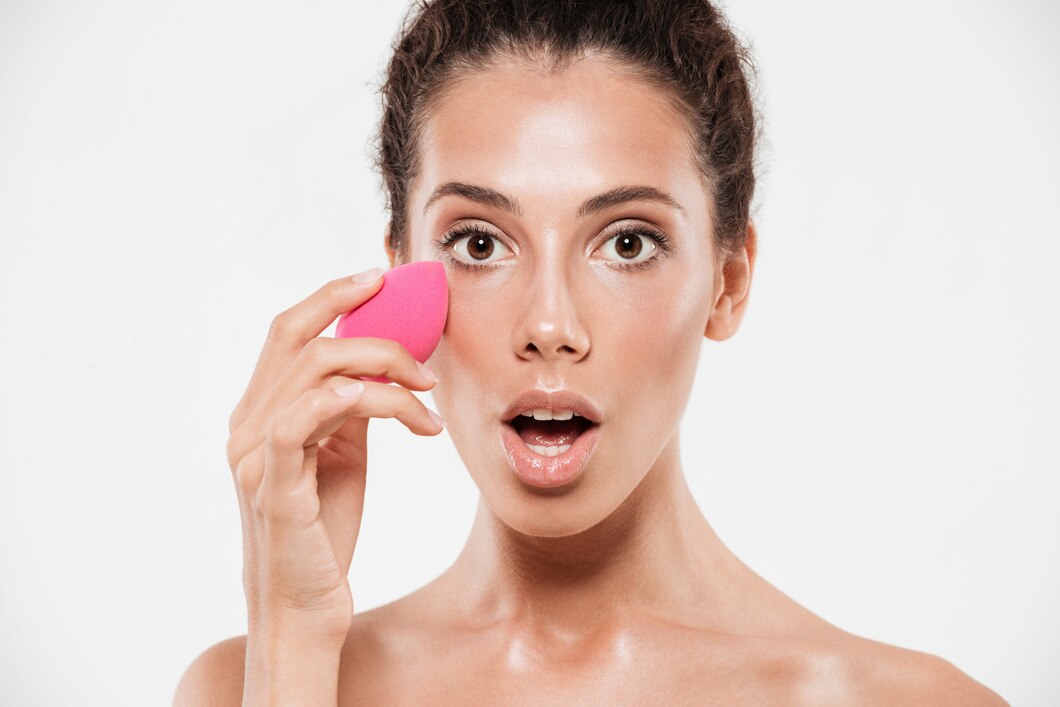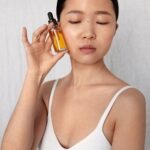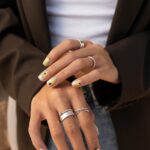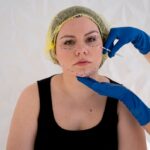When it comes to achieving a flawless complexion, the tools you use can be just as important as the products themselves. Among the most popular choices for applying foundation are the Beauty Blender and the foundation brush. Each has its devoted followers and unique advantages. Let’s explore the differences, benefits, and potential drawbacks of each to help you decide which one might be the best for your makeup routine.
Beauty Blender
The Beauty Blender, an egg-shaped sponge, revolutionized the makeup world with its unique design and texture. Here are some of its key benefits:
Pros:
- Seamless Finish: The Beauty Blender is renowned for providing a smooth, airbrushed finish. Its sponge material helps to blend foundation seamlessly into the skin, avoiding streaks and lines.
- Versatility: It can be used for various products, including liquid foundation, cream products, and even powder. The pointed end is perfect for reaching smaller areas like under the eyes and around the nose.
- Ease of Use: It’s beginner-friendly. The bouncing motion used to apply foundation is easy to master and forgiving for those new to makeup application.
- Hydration: When used damp, the Beauty Blender adds a bit of hydration to the skin, making it ideal for dry skin types as it doesn’t emphasize dry patches.
Cons:
- Product Absorption: Sponges tend to absorb more product than brushes, which can lead to waste, particularly with expensive foundations.
- Maintenance: Keeping a Beauty Blender clean can be challenging. It needs regular washing to avoid bacteria buildup, and its porous nature can make it difficult to remove all residue.
- Durability: Sponges need to be replaced more frequently than brushes, adding to the long-term cost.
Foundation Brush
Foundation brushes come in various shapes and sizes, from flat to kabuki to stippling brushes. Here’s why some makeup enthusiasts prefer them:
Pros:
- Precision: Brushes offer greater control and precision, allowing for targeted application and layering of foundation. This can be especially useful for building coverage in specific areas.
- Product Efficiency: Brushes typically absorb less product than sponges, making them more economical in the long run.
- Versatility: Different brush shapes can create different finishes, from full coverage with a flat brush to a lighter, more natural look with a stippling brush.
- Durability: High-quality brushes can last for years with proper care, making them a long-term investment.
Cons:
- Skill Required: Brushes can require more technique to avoid streaks and achieve an even finish. Blending might take longer for beginners.
- Streaking: Poor-quality brushes or improper use can leave streaks, necessitating additional blending.
- Dry Skin Emphasis: Brushes can sometimes emphasize dry patches on the skin, making them less ideal for those with dry or flaky skin.
Which One is Better?
The answer depends largely on your personal preferences, skin type, and makeup routine.
- For a Natural, Dewy Finish: The Beauty Blender is often the go-to for those seeking a natural, dewy finish. Its ability to blend seamlessly and add hydration makes it ideal for dry or combination skin types.
- For Precision and Full Coverage: If precision and full coverage are your priorities, especially if you have oily or normal skin, a foundation brush might be your best bet. It offers more control and can be more economical over time.
- For Beginners: The Beauty Blender’s ease of use makes it a great choice for makeup novices. However, with a bit of practice, a foundation brush can also be mastered.
Both the Beauty Blender and foundation brushes have their distinct advantages. The choice ultimately comes down to what you prioritize in your makeup application process. You might even find that a combination of both tools works best for you—using a brush for initial application and a damp Beauty Blender for blending and finishing touches. Experimenting with both can help you discover the perfect method to achieve your desired look.








